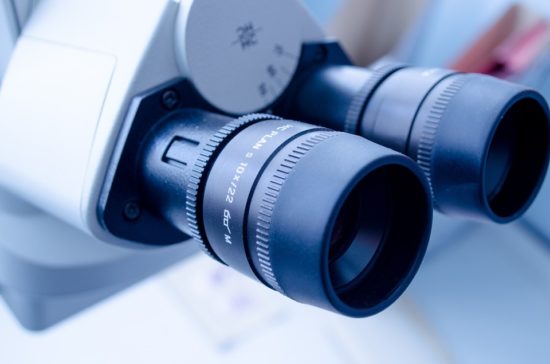An Analysis of Antibacterial Drug Development Trends in the US, 1980 – 2019
We present a longitudinal analysis of investigational new drug applications (INDs) for new, systemic antibacterial drugs under active development between 1980 and 2019, evaluating the characteristics of these investigational drugs and the outcomes of these drug development programs. The number of INDs in active development declined by two-thirds from 39 active INDs at its peak in 1987 to a low 13 in 2001, with decreased development of new cephalosporin, quinolone, and macrolide drugs and reduced participation from large pharmaceutical firms. Antibacterial drug development activity rebounded substantially from 2002 – 2009, primarily led by small pharmaceutical company involvement. As of December 31, 2019, the number of active INDs has declined to an 11-year low, and the number of antibacterial INDs initiated with the FDA from 2010-2019 was lower than any of the previous three decades. Antibacterial drug development programs initiated in the 1980s and 1990s had high success rates, with over 40% of INDs obtaining marketing approval, in a median time of about six years from IND receipt to approval. For drug development programs initiated between 2000 and 2009, we find IND-to-approval rates reduced to 23% with median development times for approved antibacterial drugs increasing to 8.2 years. The majority of INDs in development as of December 31, 2019 come from already established drug classes, most in early stages of development, and few are sponsored by large pharmaceutical companies.
AMR NEWS
Every two weeks in your inbox
Because there should be one newsletter that brings together all One Health news related to antimicrobial resistance: AMR NEWS!





